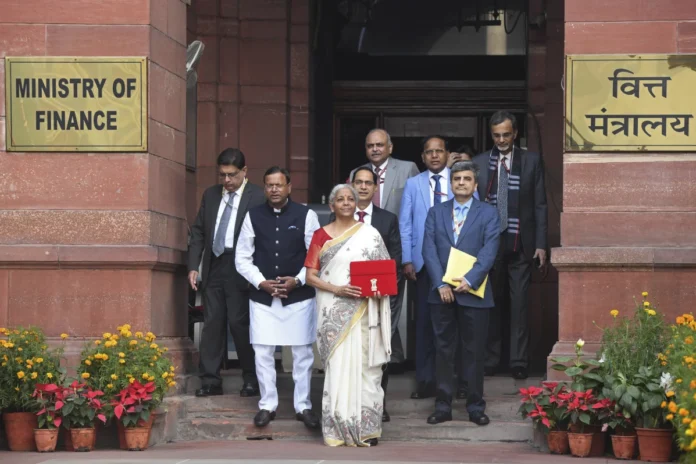Finance Minister Nirmala Sitharaman today presented the Union Budget for 2025-26, unveiling a series of measures aimed at stimulating economic growth, providing tax relief to the middle class, and encouraging private investment.
Key Highlights:
Income Tax Reforms: The budget proposes significant changes to personal income tax, raising the non-taxable income threshold from ₹6 lakh to ₹12 lakh per annum. This move is expected to increase disposable income for the middle class, thereby boosting consumption and savings.
Agricultural Initiatives: A six-year program has been introduced to enhance the production of pulses and cotton, aiming to reduce dependence on imports. The government plans to support farmers by purchasing specific pulses at guaranteed prices and investing in research and development to improve cotton yields.
Nuclear Energy Expansion: In a significant policy shift, the government proposes to amend existing laws to attract foreign and private investments in the nuclear sector. The goal is to develop at least 100 GW of nuclear energy by 2047, with an immediate target of 20 GW by 2032. A dedicated Nuclear Energy Mission with a budget of ₹20,000 crore has been announced to facilitate this expansion.
Fiscal Discipline: The budget sets a fiscal deficit target of 4.4% of GDP for 2025-26, down from the revised 4.8% for the current year. Despite revenue losses due to tax reforms, the government plans to manage the deficit through increased market borrowing and aims to reduce the debt-to-GDP ratio to 50% by March 2031.
Support for Emerging Sectors: The budget includes measures to formalize gig economy workers, improving their access to healthcare and welfare initiatives. Additionally, investments are planned for startups, innovation, tourism, infrastructure development, and the energy sector.
These initiatives reflect the government’s commitment to addressing economic challenges, fostering sustainable growth, and enhancing the welfare of its citizens.





